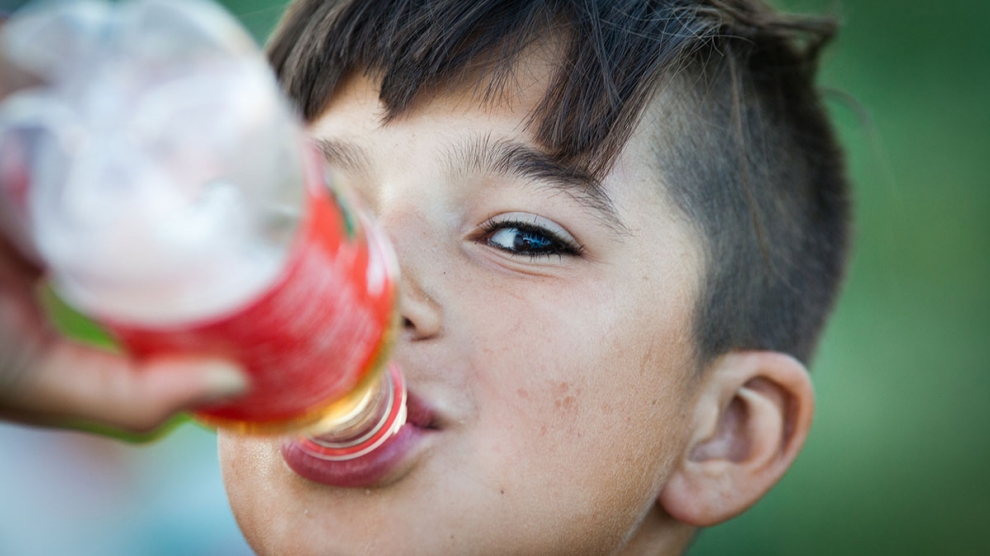According to the European Union’s statistics department, Eurostat, in 2017, more than 95 per cent of children in the European Union (EU) were considered to be in good or very good general health. This percentage changes only slightly by age group, from 96.5 per cent for those aged under five, to 95.9 per cent for those aged five to nine and 95.2 per cent for those aged ten to fifteen. The percentage of children whose general health was considered to be bad or very bad was under one per cent for all age groups.
Romania boasted the EU’s highest rate of healthy children, with 99.4 per cent in good or very good health. The lowest proportion of children in good or good health in those emerging Europe states which form part of the EU were in Latvia, at 91.2 per cent.
Less than five per cent of children in the EU in 2017 were considered to have limitations in activities due to health problems: 3.7 per cent with moderate limitations and 1.2 per cent with severe limitations. The proportion facing each category of limitations in activity increases with age. Among those aged under five, 2.2 per cent had moderate and 0.6 per cent had severe limitations in activities, while for those aged five to nine the proportions were 4.1 per cent and 1.2 per cent respectively and 4.4 per cent and 1.6 per cent for those aged ten to fifteen.



Add Comment